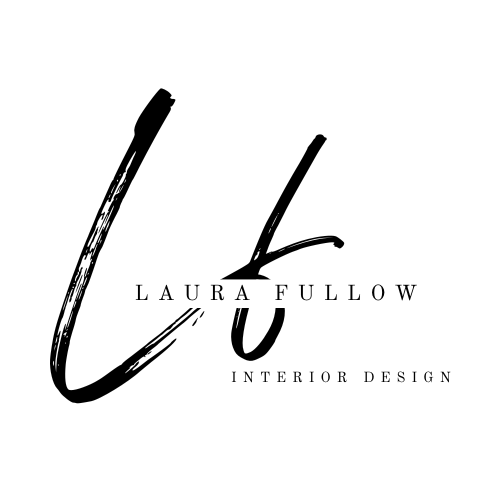
2022 Sustainable Design Trends
The demand for sustainable and eco-friendly interior design is growing. According to Grand View Research, the 2019 global market size for eco-friendly furniture was valued at $35.2 billion and is expected to rise to $59.82 billion by 2027. Millennials and Generation Z are also showing interest in eco-friendly and vintage furniture.
While some sustainable design projects can be expensive — like residential solar panels — others can be comparatively simple, effective, and inexpensive.
Let’s take a look at some of the strongest trends right now when it comes to sustainable and eco-friendly interior design.
Upcycled & Recycled Materials

Using materials that can be recycled into other things at the end of their lifecycle is a great way to get more use out of things like metals, glass, and plastics.
- Recycled Metal – Recycling metal reduces pollution and saves energy and is used widely today. Recycled metal can be used to create everything from artwork, to light fixtures to furniture.
- Bio-Glass – Bio-glass is bio-degradable and is used for a variety of interior purposes including countertops, work surfaces, flooring and walls.
- Cork is a green material known for high sustainability & recyclability. Instead of cutting down cork trees, the bark is stripped and the tree continues to grow, producing years and years of harvestable cork.
- Recycled Plastic – Reusing waste plastic reduces water pollution. It is often used to make outdoor furniture, rugs, and other waterproof items.
- Jute is an affordable natural fiber used to make a variety of textiles, from burlap sacks to rugs. An efficient source of renewable material, Jute grows quickly and can grow to a harvestable size in 4-6 months.
- Bamboo – Bamboo is one of the most sustainable sources of material due to it’s fast growth rate. Bamboo is also is 100% biodegradable, and has antibacterial properties.
Vintage & Antique Furniture
These days, people are looking at antique furniture as a way to shop locally and keep furniture out of landfills. While there are plenty of “new” furniture options out there, a lot of it is cookie-cutter in design. For folks who favor a personalized look, I highly recommend using antique and vintage home furnishings in your design plan.
Think of antique furniture as an investment. Not only do antiques last longer — after all, they’re built to be passed down through generations — they also hold value, whereas flat-pack, mass-produced furniture does no.
Upgrade Items You Already Own

Beginning in 2020, we experienced a global slowdown in manufacturing and shipping, which made it hard to purchase new furniture or home goods in a timely manner. During this time people were also re-evaluating their living spaces and how they functioned and supported their families as they spent more time at home. This need for a comfortable, supportive environment inspired people to find ways to use what they already owned. Interest in refinishing furniture and re-using items in new ways has exploded in the last year and it shows no signs of slowing.
My favorite item to upgrade is wood furniture. It can be sanded, stripped and painted, or stained. You can add moldings to create more interest and change out the hardware to give a whole new look to ordinary-looking items. There are also local artisans who will handle the DIY work for you if that’s not your cup of tea.


One Space, Many Functions

Along with upgrading furniture during 2020, renters and homeowners alike explored ways to get more use out of singular spaces. With more and more families working and learning from home, it’s important to make sure that your home supports your daily needs. Kitchens are now pulling double-duty as offices, and bedrooms and playrooms have been transformed into places to learn.
Multi-functional spaces are not only necessary these days, but they’re more sustainable — and affordable. Here are a few of my favorite solutions:
- Transform your unused closet into workspaces using a few shelves, a coat of paint and an office chair.
- Open floor plans can be seperated using folding screens, sliding screens or open bookshelves.
- Consider trading out single beds for bunk beds or day beds. The extra space you gain can be used for activities like exercise, reading, gaming or doing school work.
Sustainable, eco-friendly design is attainable, practical, and stylish. You can even start with what you already own! I hope a few of the trends that are emerging will encourage you to explore how sustainable design can be incorporated into your own home.
In my next post, we’ll talk about the future of Minimalism, which utilizes clean lines, distinct shapes, and high-quality art and design pieces.
Until then,
Laura
You can shop all of my curated looks, including items mentioned in my blog posts, by clicking the buttons below.











Recent Comments